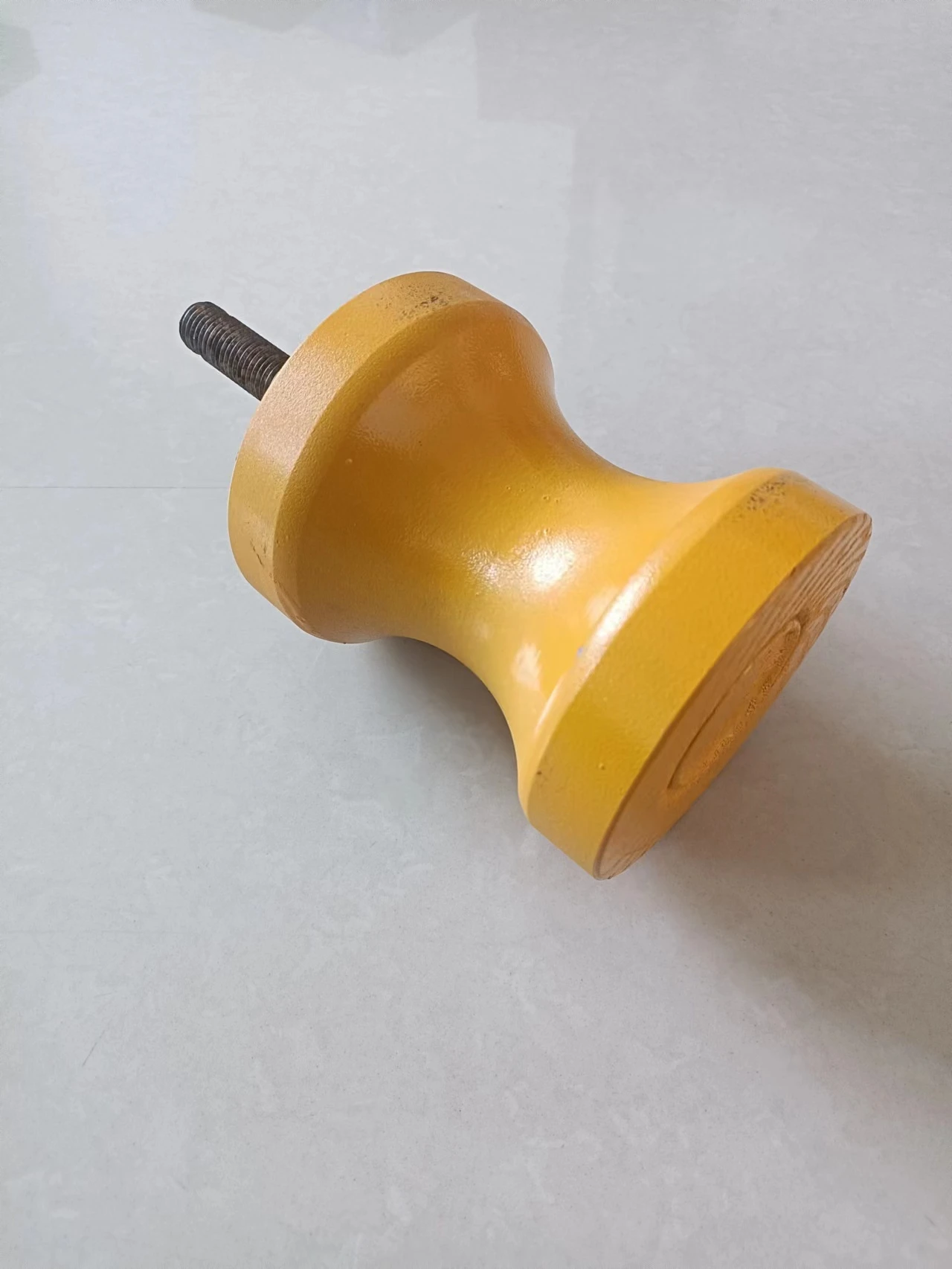 Afrikaans
Afrikaans  Albanian
Albanian  Amharic
Amharic  Arabic
Arabic  Armenian
Armenian  Azerbaijani
Azerbaijani  Basque
Basque  Belarusian
Belarusian  Bengali
Bengali  Bosnian
Bosnian  Bulgarian
Bulgarian  Catalan
Catalan  Cebuano
Cebuano  Corsican
Corsican  Croatian
Croatian  Czech
Czech  Danish
Danish  Dutch
Dutch  English
English  Esperanto
Esperanto  Estonian
Estonian  Finnish
Finnish  French
French  Frisian
Frisian  Galician
Galician  Georgian
Georgian  German
German  Greek
Greek  Gujarati
Gujarati  Haitian Creole
Haitian Creole  hausa
hausa  hawaiian
hawaiian  Hebrew
Hebrew  Hindi
Hindi  Miao
Miao  Hungarian
Hungarian  Icelandic
Icelandic  igbo
igbo  Indonesian
Indonesian  irish
irish  Italian
Italian  Japanese
Japanese  Javanese
Javanese  Kannada
Kannada  kazakh
kazakh  Khmer
Khmer  Rwandese
Rwandese  Korean
Korean  Kurdish
Kurdish  Kyrgyz
Kyrgyz  Lao
Lao  Latin
Latin  Latvian
Latvian  Lithuanian
Lithuanian  Luxembourgish
Luxembourgish  Macedonian
Macedonian  Malgashi
Malgashi  Malay
Malay  Malayalam
Malayalam  Maltese
Maltese  Maori
Maori  Marathi
Marathi  Mongolian
Mongolian  Myanmar
Myanmar  Nepali
Nepali  Norwegian
Norwegian  Norwegian
Norwegian  Occitan
Occitan  Pashto
Pashto  Persian
Persian  Polish
Polish  Portuguese
Portuguese  Punjabi
Punjabi  Romanian
Romanian  Russian
Russian  Samoan
Samoan  Scottish Gaelic
Scottish Gaelic  Serbian
Serbian  Sesotho
Sesotho  Shona
Shona  Sindhi
Sindhi  Sinhala
Sinhala  Slovak
Slovak  Slovenian
Slovenian  Somali
Somali  Spanish
Spanish  Sundanese
Sundanese  Swahili
Swahili  Swedish
Swedish  Tagalog
Tagalog  Tajik
Tajik  Tamil
Tamil  Tatar
Tatar  Telugu
Telugu  Thai
Thai  Turkish
Turkish  Turkmen
Turkmen  Ukrainian
Ukrainian  Urdu
Urdu  Uighur
Uighur  Uzbek
Uzbek  Vietnamese
Vietnamese  Welsh
Welsh  Bantu
Bantu  Yiddish
Yiddish  Yoruba
Yoruba  Zulu
Zulu guide roller
The Significance of Guide Rollers in Modern Engineering
In the realm of modern engineering and manufacturing, guide rollers play a pivotal role in ensuring the efficiency and effectiveness of various machinery and industrial processes. These seemingly simple components are crucial in facilitating smooth and controlled movement, which is essential for maintaining productivity and accuracy in operations across numerous sectors.
Understanding Guide Rollers
Guide rollers are cylindrical components designed to guide and support moving parts in machinery, preventing misalignment and wear. They are often made from durable materials such as steel, rubber, or nylon, allowing them to withstand significant wear and tear. Typically, guide rollers are used in conveyor systems, packaging machines, textile manufacturing, and even robotics, showcasing their versatility and integral role in multiple industries.
Functions and Benefits
The primary function of guide rollers is to provide a path for moving elements to travel smoothly, thereby minimizing friction and resistance. This smooth operation is crucial in reducing energy consumption and extending the lifespan of the machinery involved. Additionally, guide rollers help maintain the correct alignment of moving parts, decreasing the likelihood of mechanical failure and enhancing safety during operation.
Another significant benefit of guide rollers is their contribution to the overall efficiency of production lines. In conveyor systems, for instance, properly functioning guide rollers can facilitate quicker and more reliable transport of goods, leading to increased throughput and reduced downtime. This efficiency is vital in today’s fast-paced industrial environment, where time is often equated with profit.
Variations and Applications
guide roller

Guide rollers come in various designs and sizes to accommodate different mechanical configurations and loads. For instance, some guide rollers are specifically designed to handle heavy loads in a construction setting, while others are lightweight and used in the textile industry for guiding threads. Various types of guide rollers include flat guide rollers, crowned rollers for increased lateral stability, and adjustable versions that can be modified for specific applications.
In the automotive industry, guide rollers are essential in belt systems and other moving components to ensure proper function and reliability. They are equally important in the aerospace sector, where precision and safety are paramount. The ability of guide rollers to provide consistent support and reduce wear is crucial in these high-stakes environments.
Innovations in Guide Roller Technology
As technology advances, so too do the designs and materials used in guide rollers. Engineers and manufacturers are continually exploring innovative solutions to enhance the performance of these components. For example, the integration of advanced materials such as high-performance polymers and composites can result in lighter weights and increased resistance to wear and environmental factors.
Additionally, the advent of automation and robotics in manufacturing has led to a greater demand for specialized guide rollers that can withstand the challenges posed by high-speed operations. This evolution raises the bar for guide roller design, challenging engineers to develop products that can meet the rigorous demands of modern industry while maintaining reliability.
Conclusion
Guide rollers may seem like a minor component in the vast machinery of modern engineering, but their importance cannot be overstated. They are essential in promoting operational efficiency, reducing wear, and enhancing safety across multiple sectors. As technology continues to progress, the innovations surrounding guide rollers will likely become even more sophisticated, shaping the future of manufacturing and mechanized operations.
In summary, guide rollers are vital components that contribute significantly to the functionality and reliability of various systems. Their continued development and integration into advanced machinery will undoubtedly play a critical role in the future of engineering and manufacturing, ensuring that industries remain efficient and effective in meeting the demands of an ever-evolving market.
-
Revolutionizing Conveyor Reliability with Advanced Rubber Lagging PulleysNewsJul.22,2025
-
Powering Precision and Durability with Expert Manufacturers of Conveyor ComponentsNewsJul.22,2025
-
Optimizing Conveyor Systems with Advanced Conveyor AccessoriesNewsJul.22,2025
-
Maximize Conveyor Efficiency with Quality Conveyor Idler PulleysNewsJul.22,2025
-
Future-Proof Your Conveyor System with High-Performance Polyurethane RollerNewsJul.22,2025
-
Driving Efficiency Forward with Quality Idlers and RollersNewsJul.22,2025





























